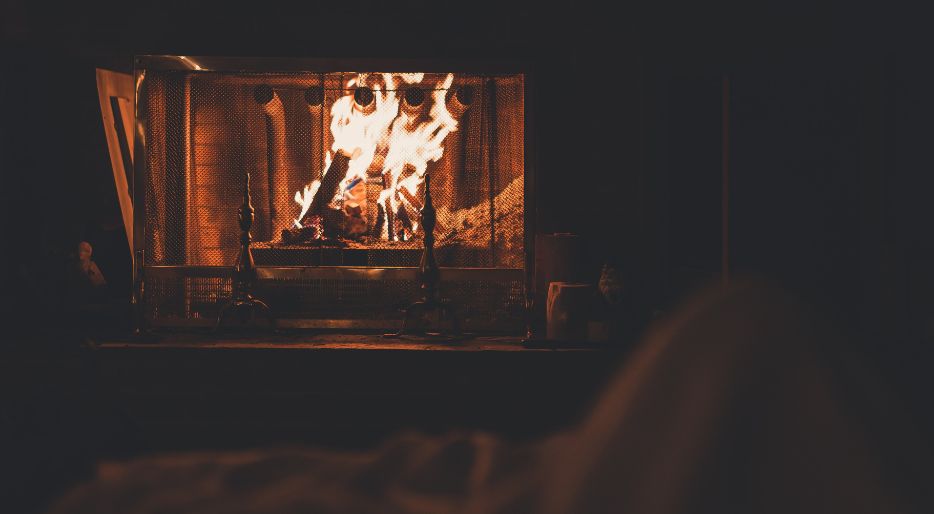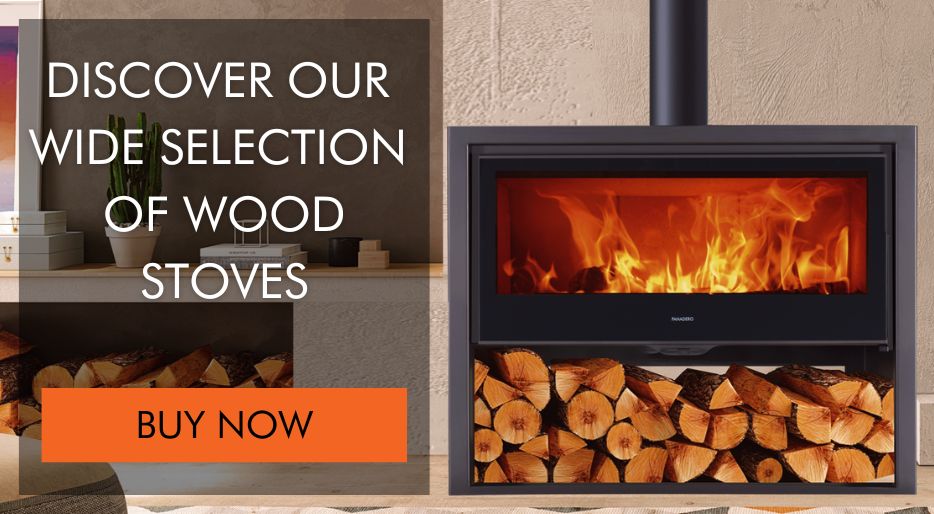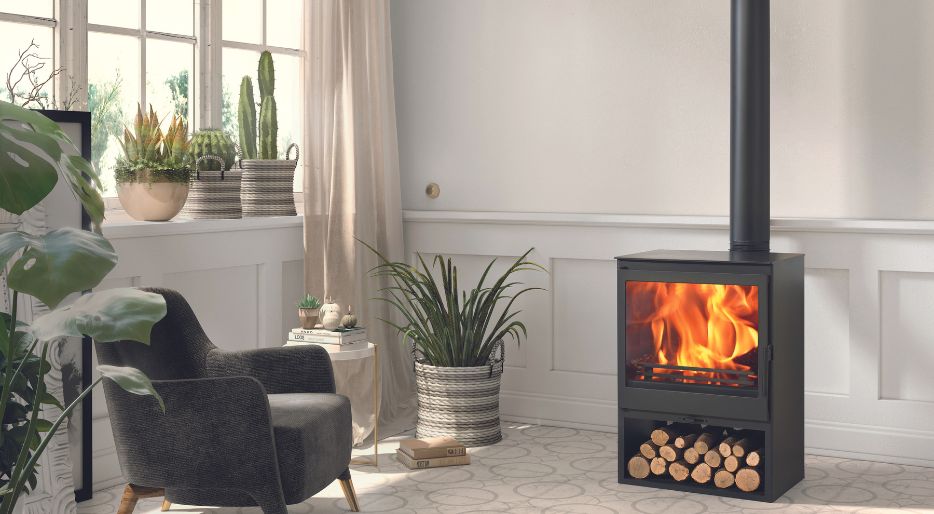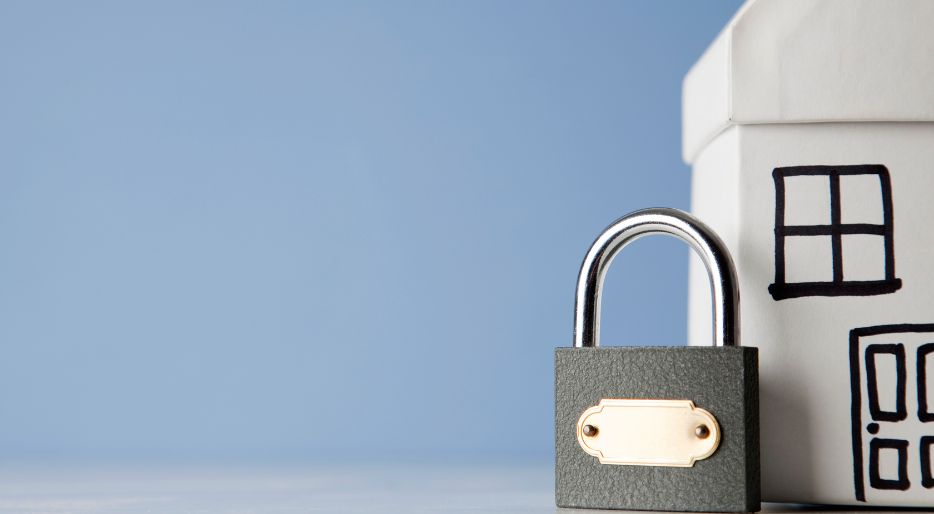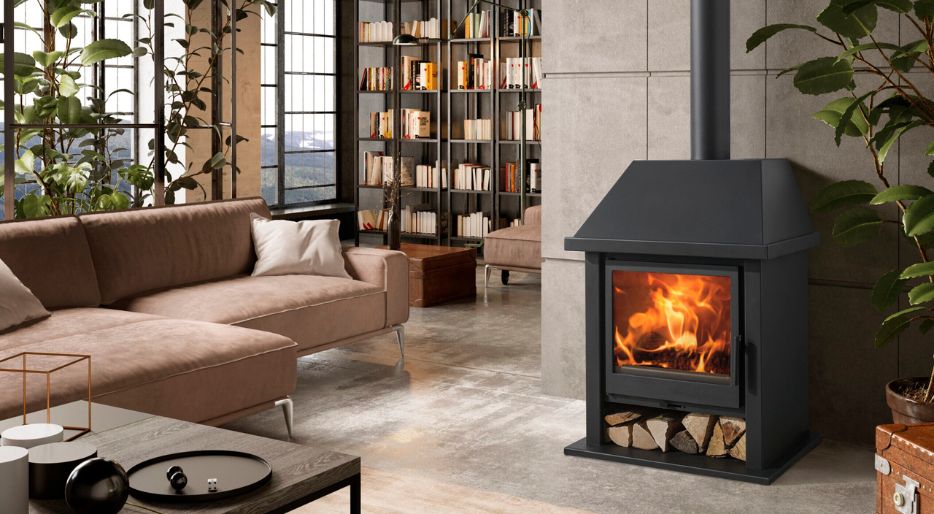We are in the middle of the cold and frosty season. What we are most looking for is to be able to warm up in our home, but what happens when we go to sleep? Can I keep heating the house and leave the fireplace on until the wood is consumed? If you are considering leaving a fireplace burning overnight, there are risks and dangers.
While it may be tempting to leave the fireplace burning to keep your home warm and cozy all night long, it’s important to take steps to minimize the risk of fires and other hazards.
In this article, we’ll give you some tips and suggestions to help you enjoy your fireplace safely.
Risks and hazards
Leaving a fireplace burning overnight can present risks and hazards. Some of these include:
- Risk of fire: If the fireplace is not properly maintained or if there is an excessive buildup of fuel, it is possible for a fire to start.
- Risk of carbon monoxide poisoning: Carbon monoxide is produced when fuel is burned. It is a very dangerous gas for health.
- Risk of sparks and flames: In open fireplaces, sparks and flames can fly out of the chimney and cause damage to your home. That is why it is important to have a screen or protective glass.
- Risk of clogging: If the chimney becomes clogged with materials such as creosote or wood, it can be dangerous to leave it burning overnight. The blockage can cause air to not circulate properly and can cause a fire.
Therefore, it is important that you take steps to minimize these risks when leaving a fireplace burning overnight. This includes keeping the fireplace clean and well-maintained, having a well-maintained fireplace screen, and watching for any danger signs. In addition, it is important to have a carbon monoxide detector in your home to protect yourself from this dangerous substance.
Safety measures
You must take into account some basic safety measures so that these risks and dangers do not occur or are minimized as much as possible:
Cleaning
In summary, it is important to clean the chimney regularly to prevent creosote buildup, improve the efficiency of the chimney, prolong its life and avoid danger. Be sure to follow the manufacturer’s instructions and hire a professional to perform the cleaning if you don’t feel comfortable doing it yourself.
Good ventilation
Ventilation in the rooms where the stove or fireplace is placed is essential. Fire consumes oxygen and generates carbon monoxide.
With good ventilation, you will improve the draft and the natural movement of smoke inside the flue.
Fire Detector
An excellent measure to consider is to install a fire detector.
Furniture
You must know where and how to place the fireplace or wood stove. It is also important to know the safety distance or what to place behind a fireplace when installing it.
Note: We recommend you read the post “Safety rules for the use of a wood stove in your home” for more detailed information about the risks and safety measures when we have a fireplace or wood stove at home.
Conclusion
In conclusion, we do not recommend leaving a fireplace burning overnight. Wood stoves or fireplaces are safe, as long as safety measures are followed.
Leaving a fireplace or stove burning overnight translates into being left on unattended, a practice that is not recommended when we have a fire appliance at home.
Have you found this article useful? Take a look at our blog and find solutions and recommendations to help you with your fireplace or wood stove.
If you still haven’t got your fireplace or wood stove for this winter… what are you waiting for? Visit our online store of Panadero wood stoves.
Articles of interest:
- Tips for installing your PANADERO wood-burning stove
- Safety rules for the use of a wood stove in your home
- Do you know how to install an insert in a masonry chimney?
- How to sweep a chimney?
- Why doesn’t my wood stove heat?
- Is it mandatory to have a fire extinguisher at home if I have a fireplace?
If you liked the article, help us spread the word 😊 . Click on the buttons below and feel free to share it on your social networks!
Thank you!
↓ ↓ ↓ ↓
